McDonald's, Wendy's, and 4 more chains using AI to feed you faster
AI-powered kiosks are just the beginning. See how some major fast-food chains are trying out the technology
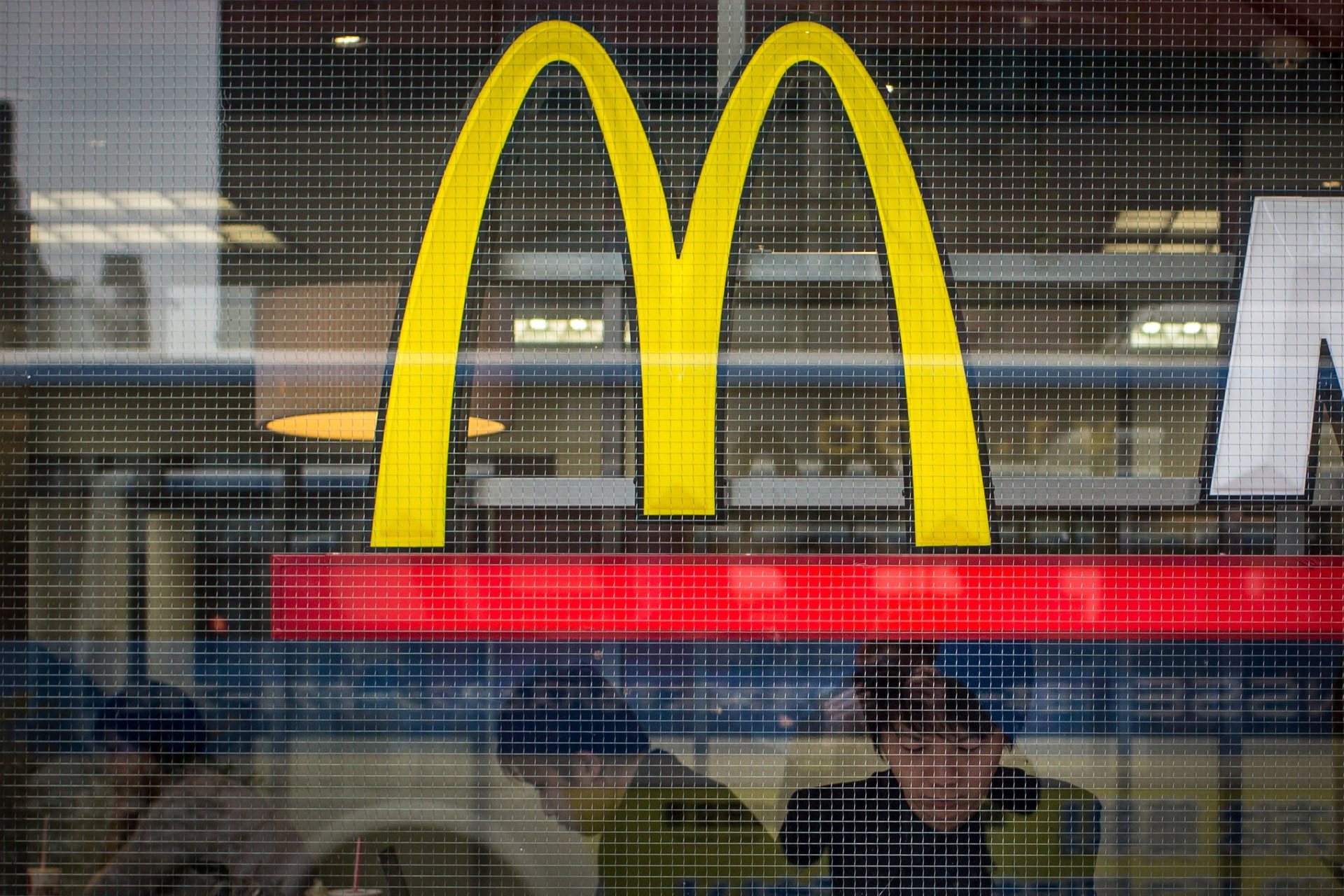
Big Food is entering the AI lane.
Chains have long turned to technology to streamline operations and cut costs. But AI isn’t just about preparing food faster – it’s about customer engagement, managing kitchens, and predicting demand. It’s seemingly becoming an essential part of doing business in today’s fast-food landscape.
AI-powered kiosks and voice-ordering systems allow brands to track customer preferences, suggest orders, and even adjust items in real-time. Some chains use these tools to meet growing demand from loyalty members, while others leverage AI to speed up drive-thrus and product production. Ultimately, the goal of AI is to boost efficiency, accuracy, and sales. Across the industry, companies say AI is freeing up staff to focus on customer service and improve the overall experience.
But there are potential downsides. Companies typically turn to automation while cutting jobs. Yet, some employers have stressed that AI won’t eliminate jobs, but rather shifts tasks, emphasizing how humans employees are still crucial. Not all chains have embraced AI at the same pace. While some are experimenting with AI for ads, others are using it to track ingredient usage and reduce waste.
In the rapidly changing fast-food sector, AI’s role is clear: It’s more than rapid meal making; It’s about creating a more efficient, personal, and profitable experience. AI’s rapid ascent isn’t slowing down. The extent of its adoption is likely to shape 2025's casual dining winners and losers.
Here are five leading fast-food chains using AI — plus, a look at one’s that’s still holding back. Let’s dig in.
2 / 9
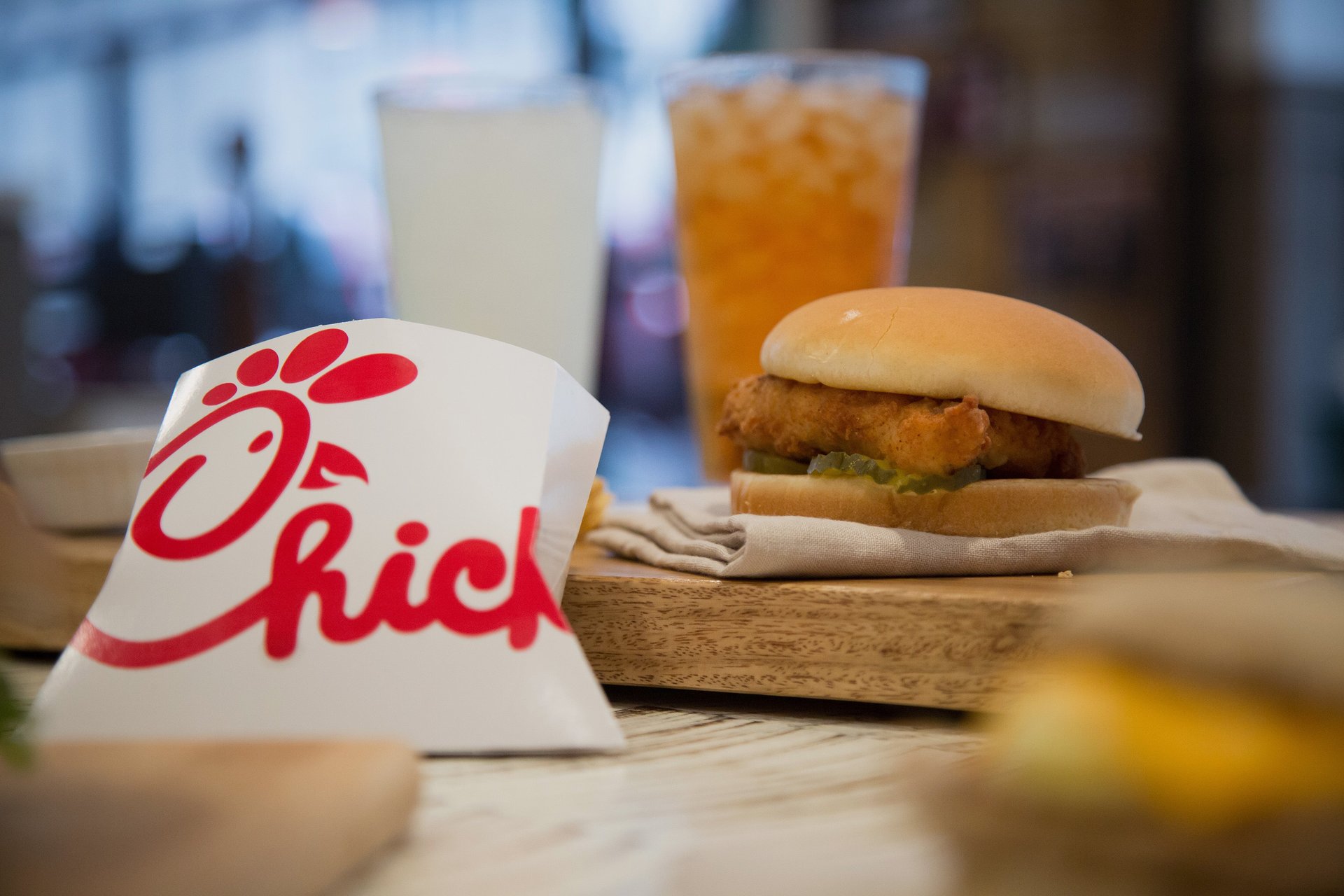
Chick-fil-A is deploying robots at its Bay Center Foods facility to speed up lemon juice production, improve efficiency, and minimize waste. The California plant processes up to 35 truckloads of lemons daily, using driverless forklifts and robotic arms to handle unloading, sorting, squeezing, and packaging. Automation at the plant, which opened during the pandemic five years ago, has resulted in fewer finger injuries, near total lemon usage (up from 40% when done manually), and saved around 10,000 labor hours per day, the company said.
3 / 9
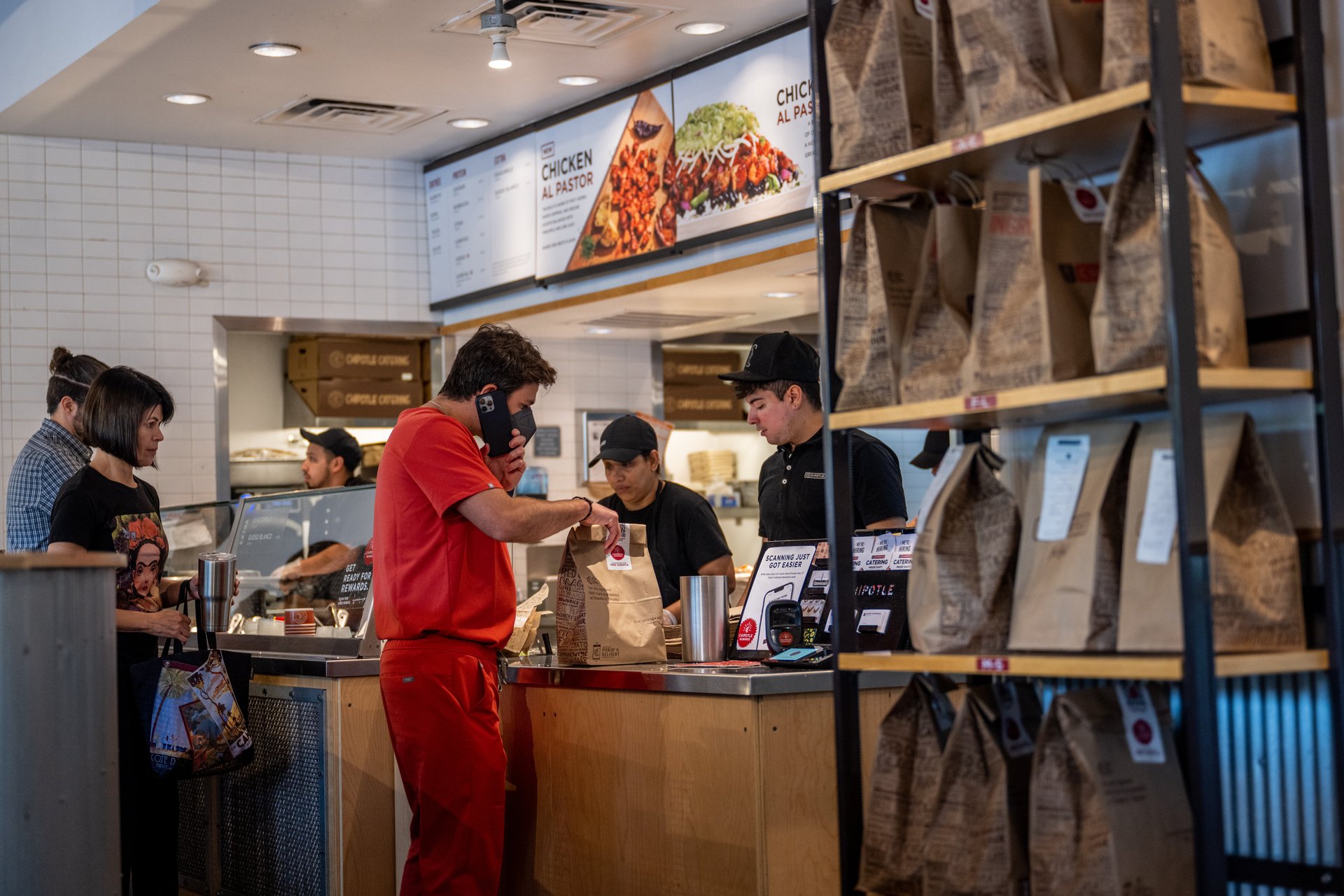
Chipotle (CMG) rolled out two robots in September at two locations to meet demand. The first, dubbed “Autocado,” automates the process of cutting, coring, and peeling avocados. It’s currently in use at a location in Huntington Beach, California. Autocado can process an avocado in just 26 seconds. At the time, Chipotle said it expected to use over 5 million cases of avocados in 2024, with the goal to make consistent portion sizes.
A second robot, known as “Augmented Makeline,” helps build bowls and salads at a location in Corona del Mar, California. With roughly 65% of digital orders being bowls or salads, the robot is responsible for handling high-volume orders. While these robots show promise, Chipotle’s previous robot, “Chippy,” designed to cut chips, was deemed too difficult to clean and was eventually phased out.
4 / 9
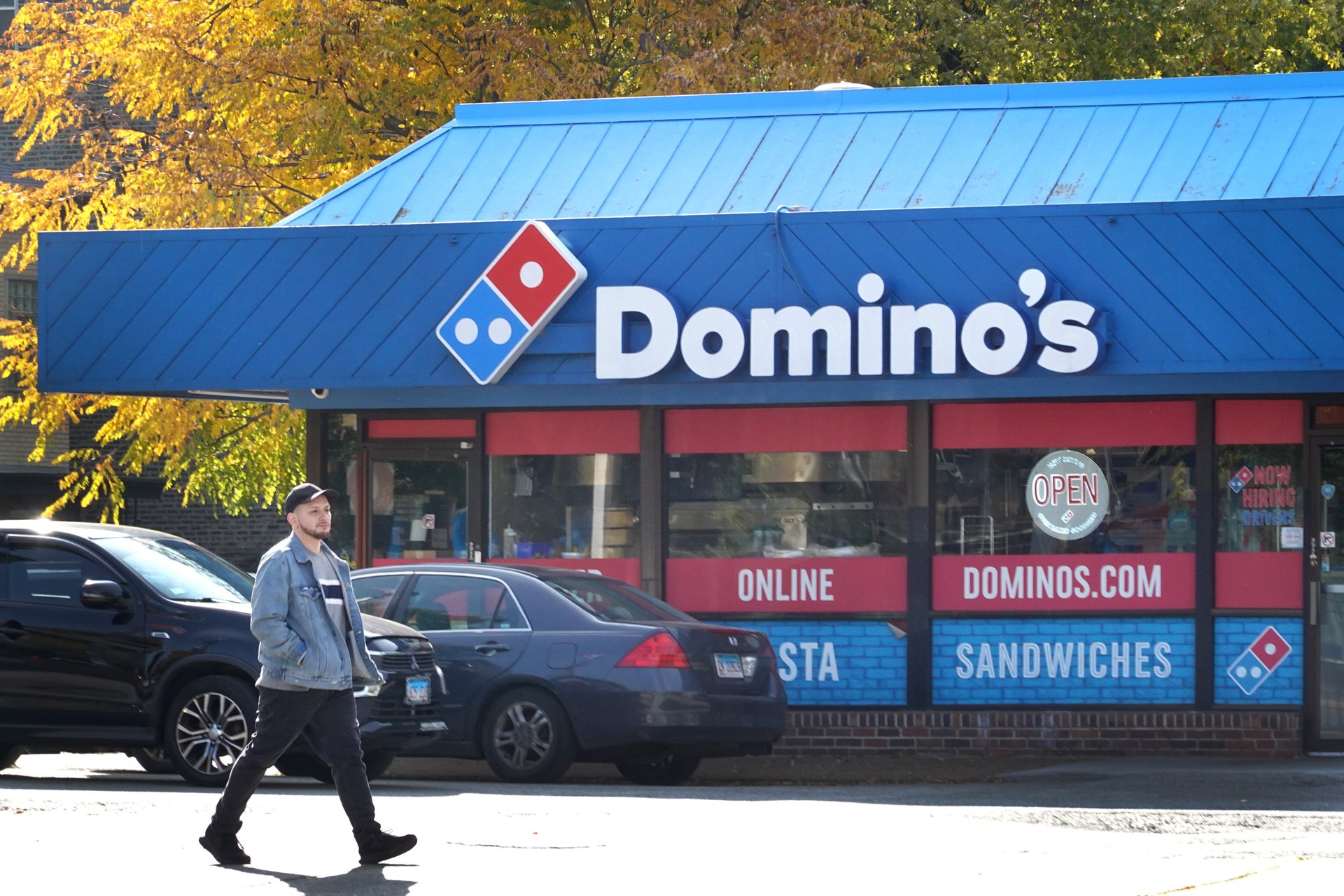
Domino’s said in June 2024 that is was using AI to speed up pizza production, to make pizzas “before people order them.” The chain’s algorithm predicts when customers will place an order, essentially starting the pizza-making process early. CEO Russell John Weiner said at the time that this would reduce wait times, speed up delivery, and improve tips for drivers. Domino’s plans to further refine AI to anticipate delivery shortages and optimize pizza production.
In a separate initiative, Domino’s reintroduced its “Emergency Pizza” promotion. Customers who spend $7.99 or more online or via digital carryout orders will receive a free medium two-topping pizza. The offer, redeemable within 30 days, ends later this month.
5 / 9

In September 2024, McDonald’s began testing new digital kiosks at select U.S. locations that accept both cash and card payments. The kiosks are part of the company’s push to meet rising demand for digital options, speed up orders, and improve accuracy. Franchisees, which operate about 95% of U.S. chain locations, will decide whether to roll them out nationwide. At the time, McDonald’s did not confirm the timeline of the cashier-less registers and did not specify if this would reduce staffing.
Some locations are also replacing menu boards with digital screens to showcase promotions, a move that aligns with the broader trend of automation. A year earlier, in Sept. 2023, McDonald’s announced plans to phase out self-serve soda machines across the U.S. by 2032. Various locations in Illinois, where McDonald’s is headquartered, had said they moved the machines behind the counter, where employees would provide customers with drinks.
6 / 9

In July 2024, Taco Bell (YUM) announced plans to expand its AI-voice technology across U.S. drive-thru locations by the end of the year. The company aims for the AI-voice assistant, already in use at over 100 locations in 13 states, to optimize operations and improve customer service.
At the time, Taco Bell said the tech would lighten staff workloads, improve accuracy, speed up service, and maintain a consistent, friendly experience. With over two years of testing, its parent company, Yum! Brands, said it believes AI would also boost profits.
The same AI voice technology is also being tested at KFC’s drive-thrus in Australia. So far, the company said there’s been positive feedback from customers and staff. Yum! brands plans to expand the technology at other global locations, including Pizza Hut.
7 / 9
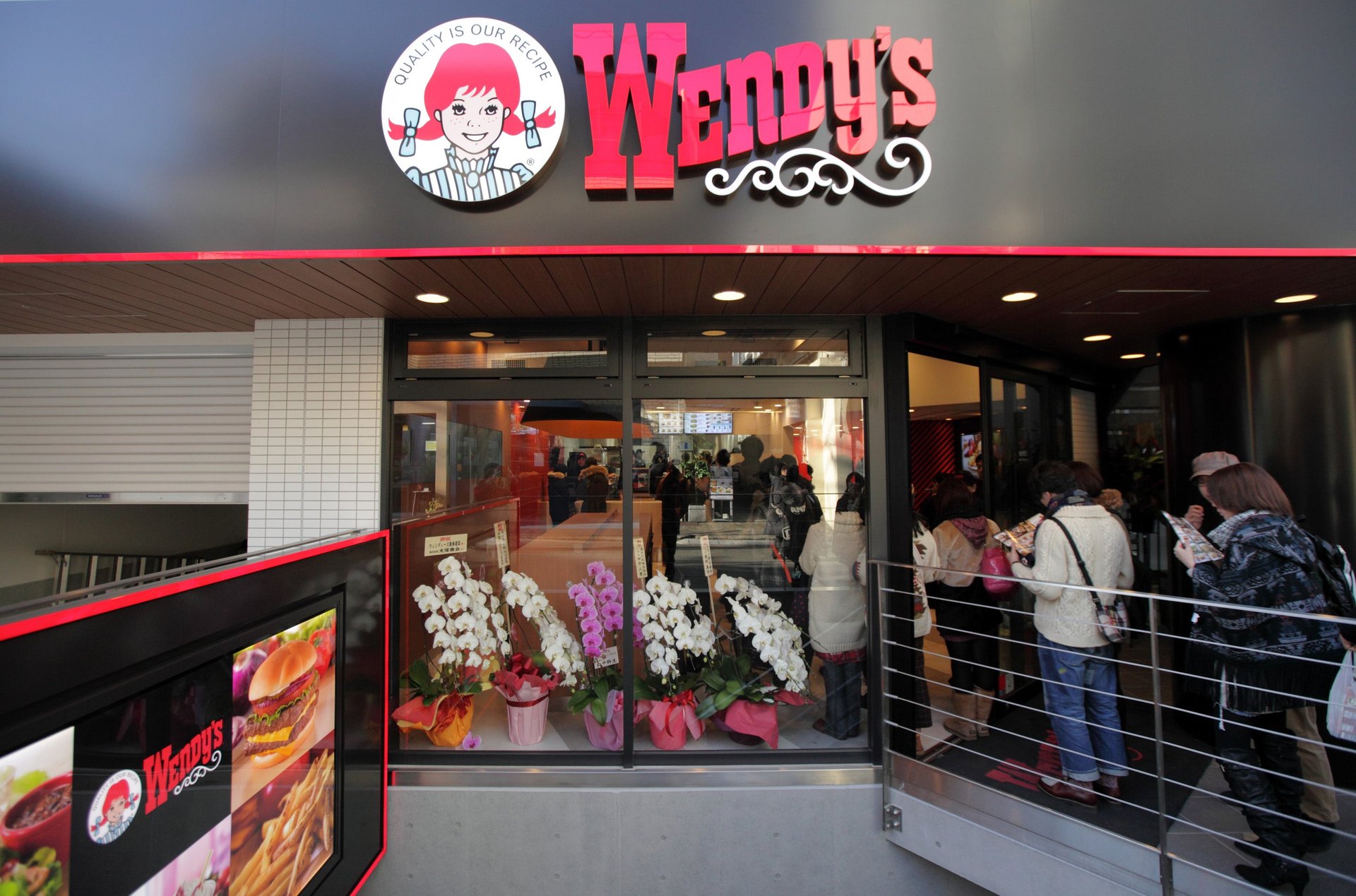
In November 2024, Wendy’s credited AI with helping power its popular $1 Frosty promotion. The chain’s use of AI was supported by Palantir Technologies (PLTR), to help it manage its supply chain and predict ingredient shortages.
Wendy’s CEO, Kirk Tanner, called the AI system a “game changer.” The company has used AI before. In Dec. 2023, it expanded its FreshAI chatbot to assist drive-thru employees, with plans to roll it out to more locations in 2025 after apparently promising initial results.
8 / 9

A standout in retail more broadly is Sam’s Club. In October 2024, the membership-only retailer upgraded its Grapevine, Texas-location with AI-enabled tech, including a pizza robot that could make 100 pies an hour. The store also uses RFID sensors for real-time inventory tracking, floor-cleaning robots, and computer-vision pallet scanners to improve supply-chain efficiency.
At the Walmart-owned location, mobile apps and AI are replacing some cashier stalls, but employees are using tablets to scan items. Customers that prefer human employees still have the option to checkout traditionally. The store also introduced AI-powered exit tech, aiming to speed up receipt checks. While these innovations are intended to boost efficiency, Sam’s Club hasn’t stated if automation will reduce staffing levels. It recently promised raises for 100,000 employees.
9 / 9
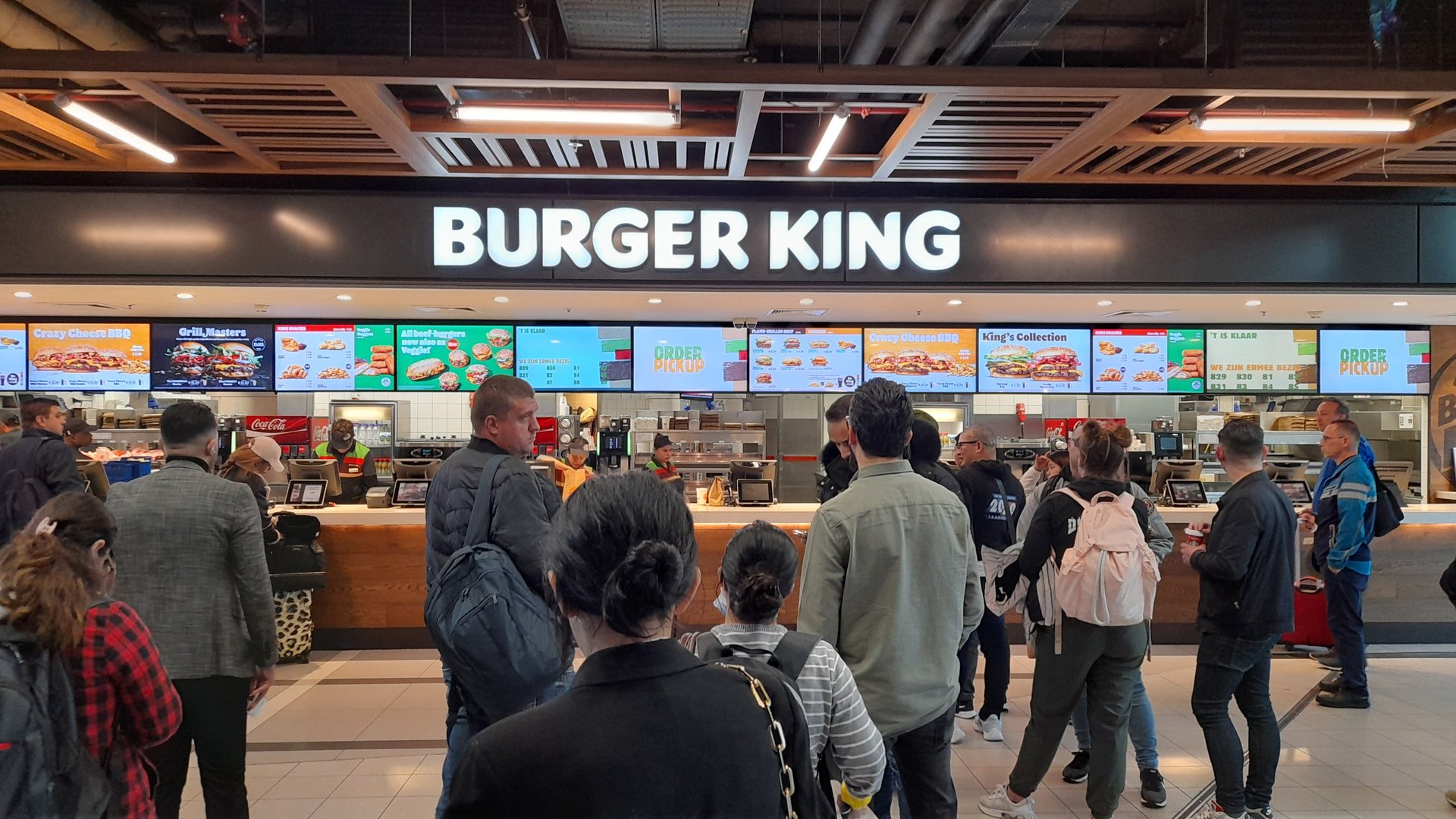
Burger King remains an outlier in the AI-driven, fast-food space. While other chains embrace automation, Burger King still relies on employees to cut onions by hand. In 2018, the chain used AI to create around 300 commercials, though some famously mispronounced the brand’s name, raising questions as to whether Burger King was subtly criticizing the overuse of AI in the industry.